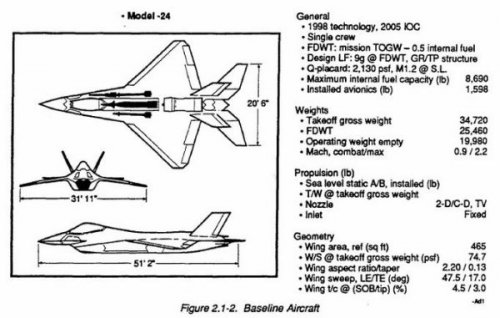GWrecks
Big Wingy Thingy
- Joined
- 15 July 2018
- Messages
- 76
- Reaction score
- 18
I should start by saying that I only got mention from a thread that used a rather unreliable member as a source, so there's a chance this doesn't actually exist, but I saw pictures of a Northrop Grumman "Low Cost Fighter", which appeared to be very small stealth fighter that clearly gained influence from the F-23. It doesn't help that it doesn't appear to have S-ducts either, which would be rather unlikely for a stealth aircraft. And, of course, I have no idea where to find the topic it was posted.
I guess I should start, then, with "Was the Low Cost Fighter actually a thing, or was it made up?" Then I guess I could move onto actual details regarding it...
Somewhat unrelated, but I do recall hearing at one point that the F-35 was supposed to be a "low cost fighter" too...before, of course, it became the F-35.
I guess I should start, then, with "Was the Low Cost Fighter actually a thing, or was it made up?" Then I guess I could move onto actual details regarding it...
Somewhat unrelated, but I do recall hearing at one point that the F-35 was supposed to be a "low cost fighter" too...before, of course, it became the F-35.

